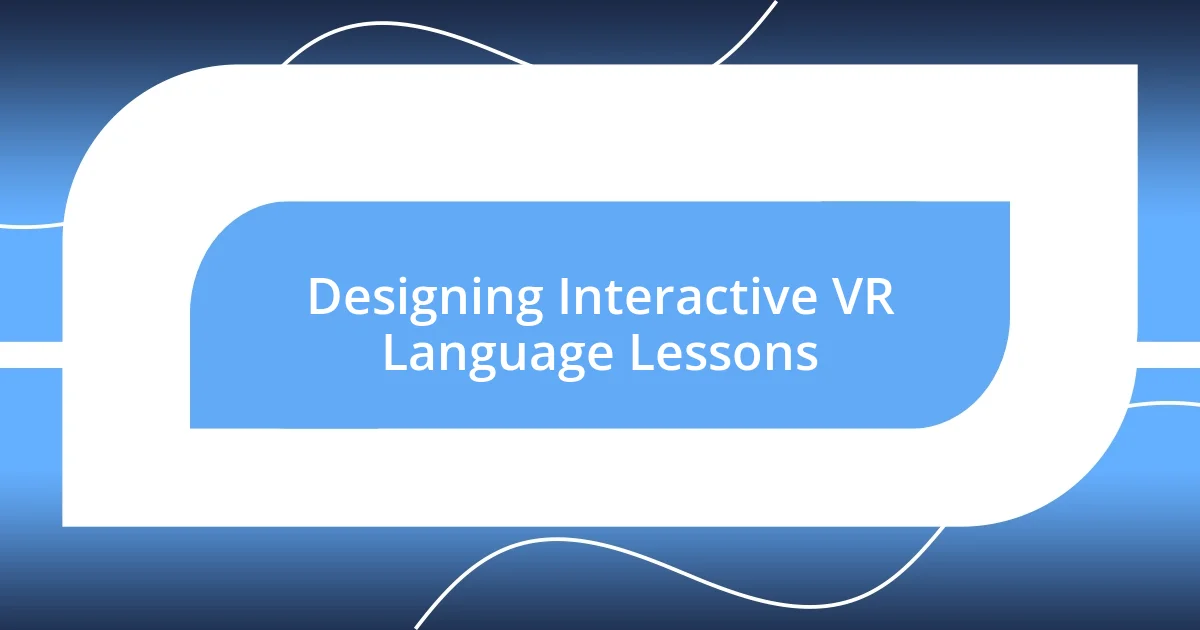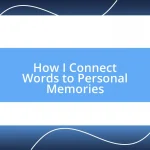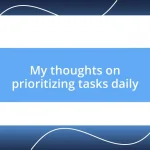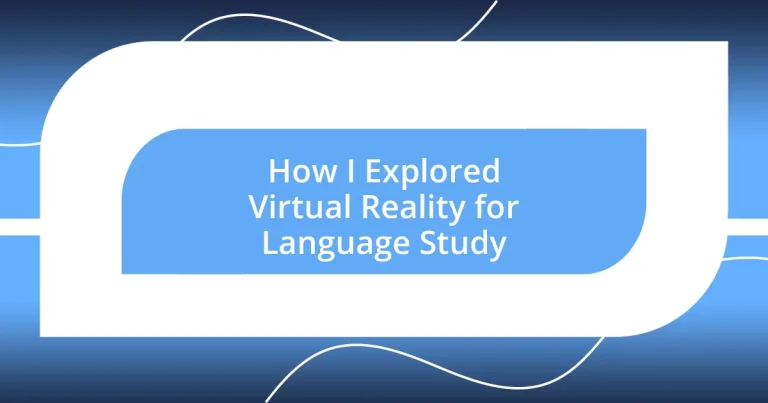Key takeaways:
- Engagement in VR language lessons can transform learners’ hesitance into enthusiasm through realistic scenarios.
- Incorporating local culture and context enhances the language learning experience, connecting students to the material on a deeper level.
- Creating a safe space for mistakes allows learners to embrace failures, promoting a more enjoyable and effective learning process in VR.

Designing Interactive VR Language Lessons
When I first set out to design interactive VR language lessons, I felt a mix of excitement and apprehension. Would learners truly engage with the virtual world, or would it just be a gimmick? I remember my first experiment, creating a scenario where students could order food in a virtual restaurant. Watching their hesitancy transform into enthusiasm as they interacted with avatars felt like witnessing a breakthrough.
Integrating real-life context into these lessons is vital. I often include elements like local attractions or cultural nuances. For instance, during one lesson, we “visited” a French market, and I could see students light up as they practiced buying fresh produce. It was a reminder that language learning is not just about words—it’s about feeling the culture and connecting with it on a deeper level.
Creating a safe space for mistakes is another important aspect. I always encourage my students to embrace failures within the VR environment. When one of my learners struggled to pronounce a word while chatting with a virtual character, they laughed it off, turning a moment of frustration into a shared joke. How often does that happen in traditional classrooms? Here, in VR, every misstep feels like a stepping stone towards mastery rather than a setback.













